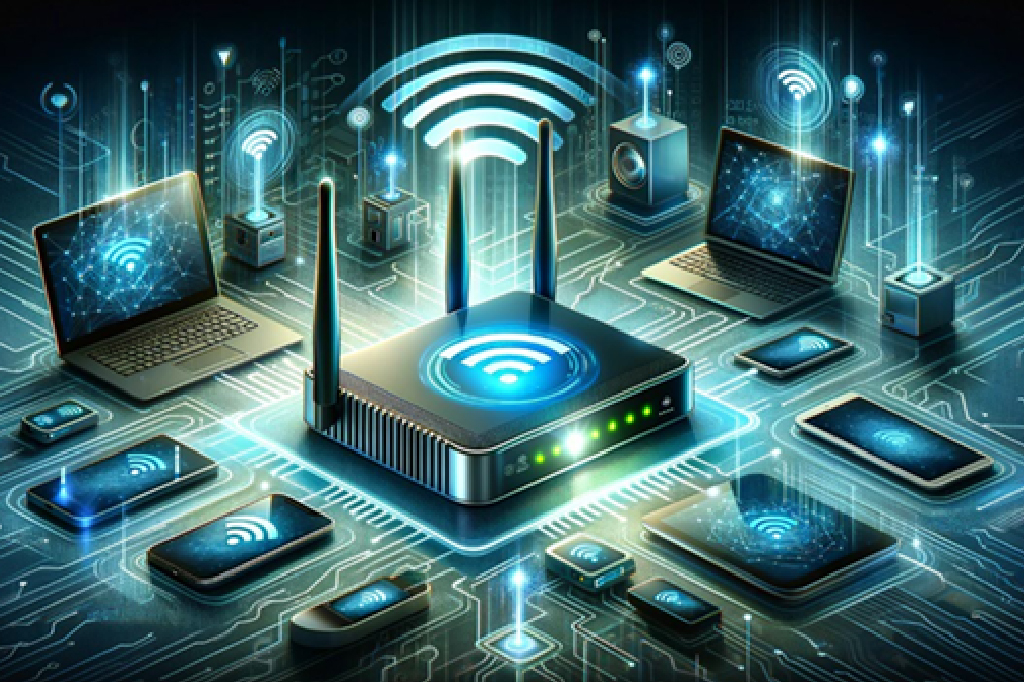Data, performance monitoring, and remote equipment control are among the most frequently discussed topics in the Industrial sector.
These elements are often highlighted as foundational pillars of Industrial Internet of Things (IIoT). And for good reasons, monitoring, data capture and analysis, along with the ability to control equipment remotely, are acknowledged as highly effective methods for enhancing facility and equipment productivity, performance, and efficiency.
However, taking a broader viewpoint reveals that data analysis, process monitoring, and centralized equipment control are not entirely new concepts introduced by IIoT. While today’s smart, connected machines undoubtedly make these practices more efficient and streamlined, such technologies have been integral to the industrial sector for many years, if not decades, through systems like SCADA.
What is SCADA?
The word SCADA (Supervisory Control and Data Acquisition) provides a clear indication of its key functions, which include:
- Monitoring equipment processes and performance
- Data collection
- Enabling data analysis and storage
- Remote control of equipment, devices, components, and processes from any location
- Generating alerts and alarms when performance issues are detected
Production and Operational Benefits
The virtues of SCADA systems deliver various advantages for facility operations and productivity, such as: Real-time feedback on process performance, Immediate detection and alerts when performance or output deviates from acceptable limits. SCADA control allows for remote shutdown or process adjustments in response to performance changes.
A vast collection of historical SCADA data for comparison with real-time data, enabling a system that becomes “smarter” and more efficient over time, reducing production errors and waste due to earlier problem detection and resolution, and thereby delivering enhanced productivity, whilst maximizing machine uptime and efficiency.
Maintenance benefits driven by data and sensors lead to more accurate diagnostics, streamlined upkeep, and the ability to perform predictive preventative maintenance. Data-driven insights into equipment performance, facilitating more precise calibration, operations, and decision-making.
On the user side, SCADA systems feature intuitive, user-friendly visual interfaces that allow for easy monitoring and quick actions with just a few taps or button presses. There are no extensive training requirements for operating a SCADA interface, and these processes can be implemented organization wide.
Who uses SCADA?
SCADA systems are used across an extremely wide cross-section of industries, further illustrating the agility and effectiveness of this technology. Key industries include, but are not limited to:
- Manufacturing and processing facilities
- Pharmaceutical and biotech
- Water and wastewater management
- HVAC and commercial building management
- Energy & Utility management
- Energy pipelines
The specifics of each industry application may differ, but in each case, SCADA facilitates data collection and analysis, remote equipment monitoring and control, and more efficient processes.
For more information about how we can help you achieve the benefits of SCADA and Industrial (IIOT), contact us today. arichardson@broadnet-telecom.ca




